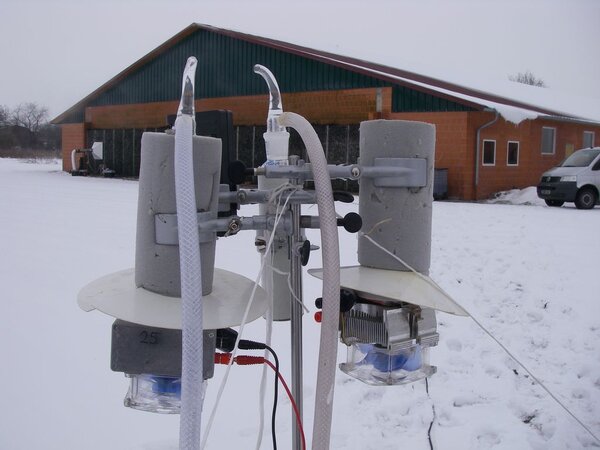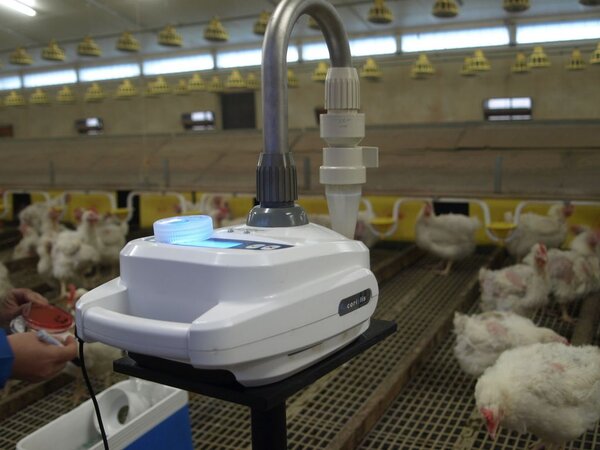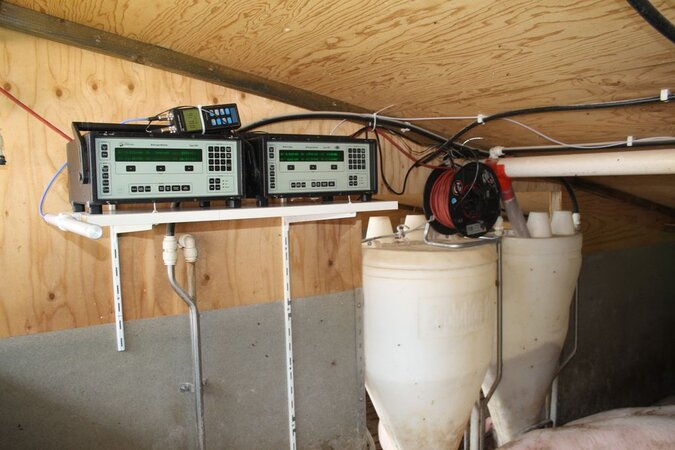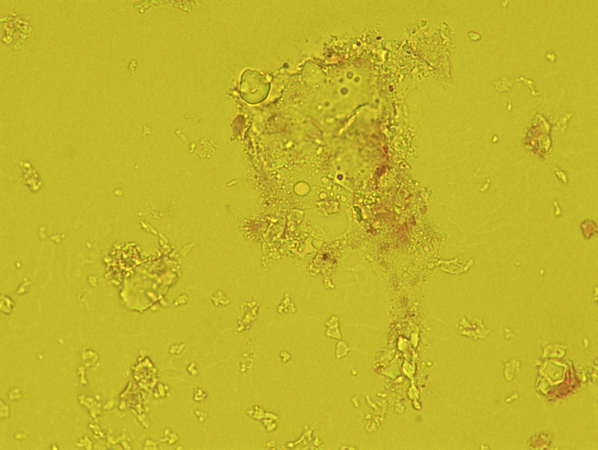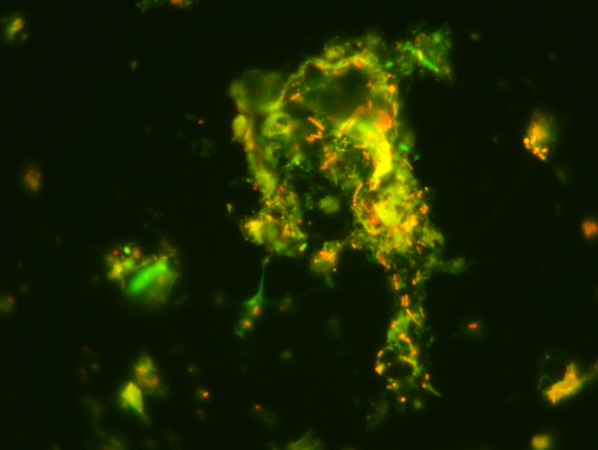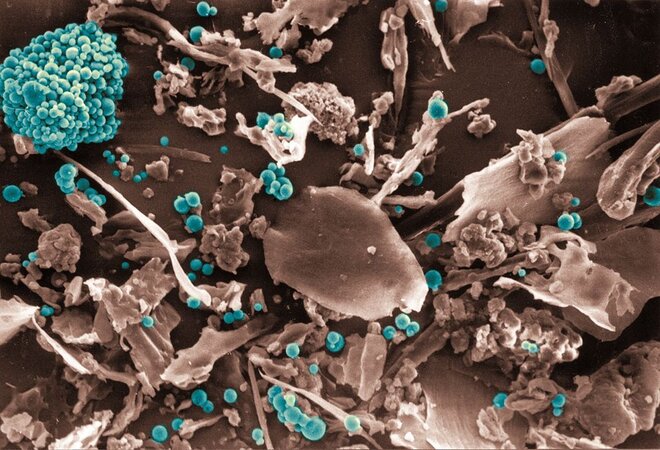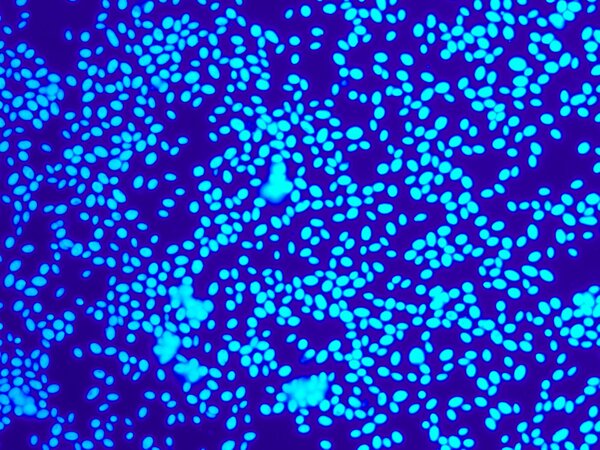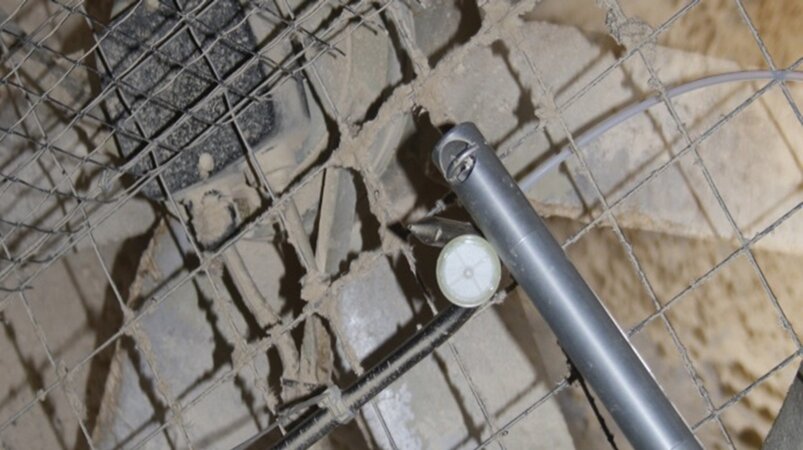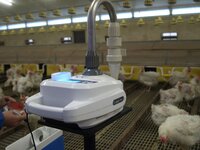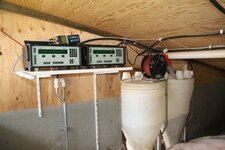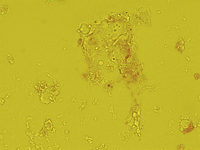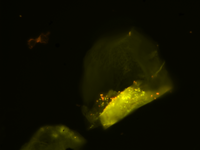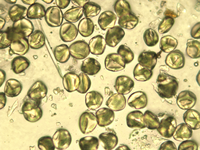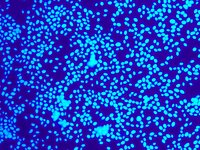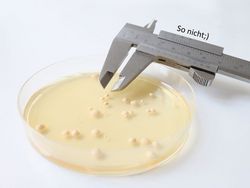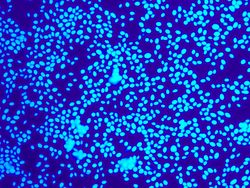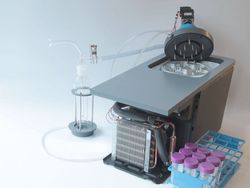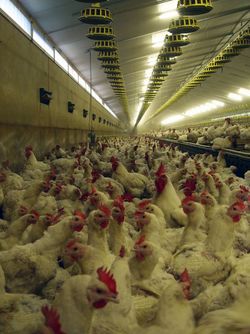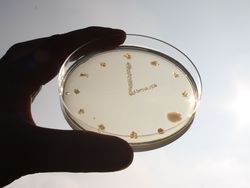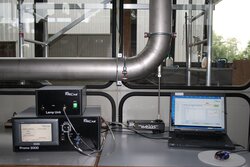Characterisation of gases, dust and bio-aerosols
High concentrations of gases, dust and bio-aerosols in stables stress the animals and when emitted also the environment. We measure and characterize these air pollutants to identify potentials for theirs reduction. We also develop new methods for this purpose.
The limitation of the concentrateions of harmful air pollutants from animal husbandry is determined in German and international regulations. In the “Tierschutz-Nutztierhaltungsverordnung“ concentrations of 13.9 mg/m³ (20 ppm) for ammonia and 5400 mg/m³ (3000 ppm) for carbon dioxide in the breathing area of the animals are given. This value should not permanently exceeded. In EMAP / EEA emission inventory guidebook for particulate emissions species specific loads are listed as assessment values for maximum pollution. There are no such data for bio-aerosols. However, in many federal states approval processes for construction or expansion of animal housings include also the assessment of potential environmental effects caused by airborne micro-organisms. These procedures often include measurements of emissions and immissions as well as calculation of the dispersal of bio-aerosols by computer models and health assessment.
At rising numbers of animals a limitation of air pollutants succeeds only by reduction of emissions. We generate adequate data as a basis for this. Characterisation of gaseous or particulate emissions, monitoring of emission loads or validation of dispersion models are objects of many of our projects. We also develop new and improve existing methods for sampling and detection of bio-aerosols.

![[Translate to English:] [Translate to English:]](/media/_processed_/3/6/csm_Hintergrund-Ausschnitt1_9daaef6b89.jpeg)
![[Translate to English:] [Translate to English:]](/media/_processed_/3/6/csm_Hintergrund-Ausschnitt1_0bd7111163.jpeg)

